Zoom lenses are great because they allow us to have a wide range of focal lengths contained within one lens. However it is still important to put distance between you and the subject in order to avoid extreme distortions of the item you are photographing. Up close, a subject photographed with a wide focal length will look bowed and warped.
In the image on the left I set the focal length to 24mm on my Fujifilm X-T1 and 18–55mm lens, giving the beer glass some noticeable distortion, primarily at the top where it flares out and then narrows towards the bottom. However by moving yourself back a few feet and extending the lens to a longer focal length (in this case, to 55mm), the subject becomes much more true to its shape. The image on the right is a much more pleasing photograph and represents the glass much better than the original, and even the glass in the background is more upright and less distorted.
Summary:
- Photographing a scene close-up with a wide-angle focal length will add distortion to your subject.
- By moving yourself back (away from the subject) and using a longer focal length, you will reduce the distortion and end up with a more pleasing and natural representation of your subject.
- © Nicole S. Young (nicolesy.com)
- © Nicole S. Young (nicolesy.com)
Zoom lenses are great because they allow us to have a wide range of focal lengths contained within one lens. However it is still important to put distance between you and the subject in order to avoid extreme distortions of the item you are photographing. Up close, a subject photographed with a wide focal length will look bowed and warped.
In the image on the left I set the focal length to 24mm on my Fujifilm X-T1 and 18–55mm lens, giving the beer glass some noticeable distortion, primarily at the top where it flares out and then narrows towards the bottom. However by moving yourself back a few feet and extending the lens to a longer focal length (in this case, to 55mm), the subject becomes much more true to its shape. The image on the right is a much more pleasing photograph and represents the glass much better than the original, and even the glass in the background is more upright and less distorted.
Summary:
- Photographing a scene close-up with a wide-angle focal length will add distortion to your subject.
- By moving yourself back (away from the subject) and using a longer focal length, you will reduce the distortion and end up with a more pleasing and natural representation of your subject.
- © Nicole S. Young (nicolesy.com)
- © Nicole S. Young (nicolesy.com)

Nicole is a photographer, published author, and educator specializing in Lightroom, Photoshop, and photography. She is best known for her books on food photography but is widely versed in various photographic genres, including landscape, nature, stock, travel, and experimental imagery.

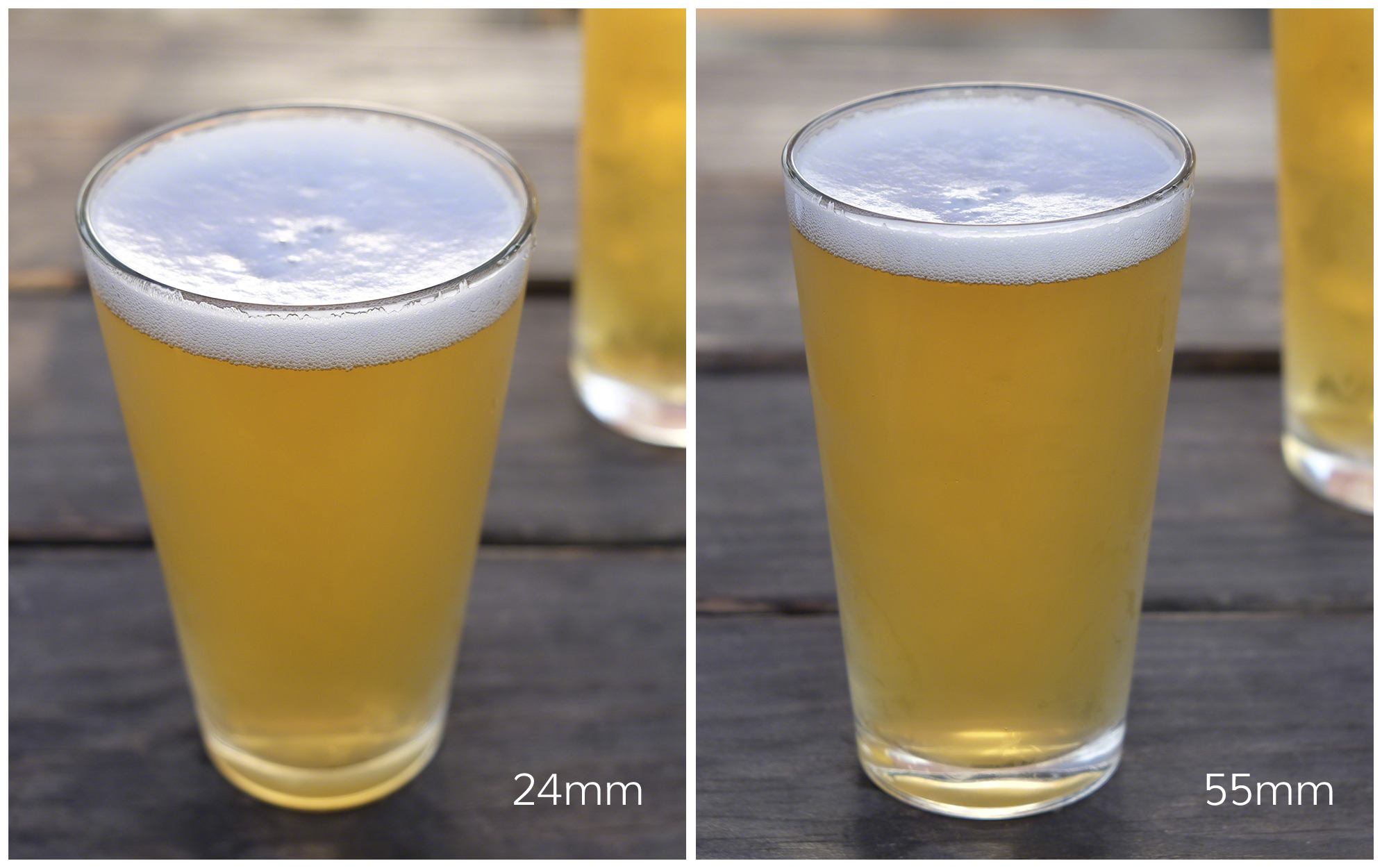
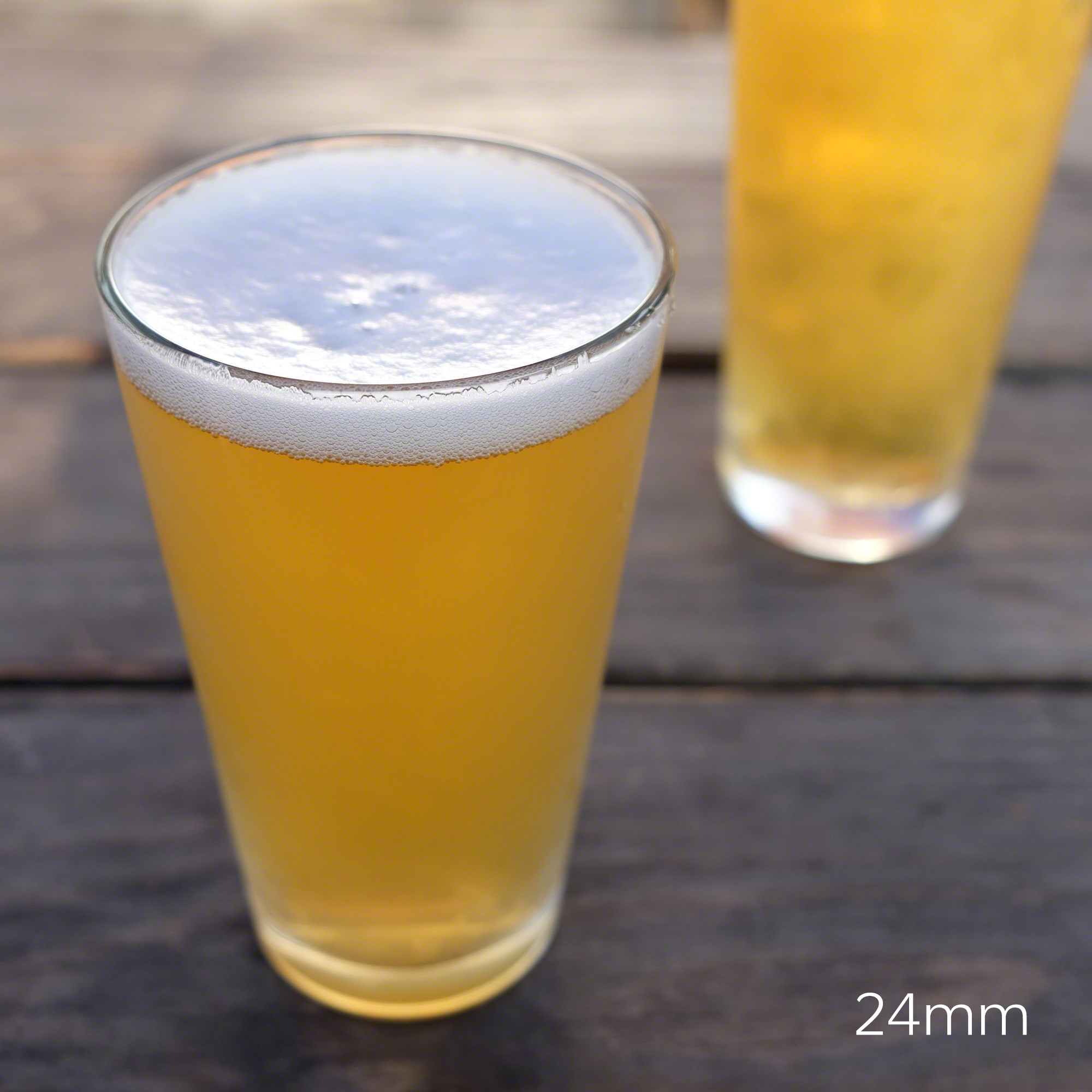
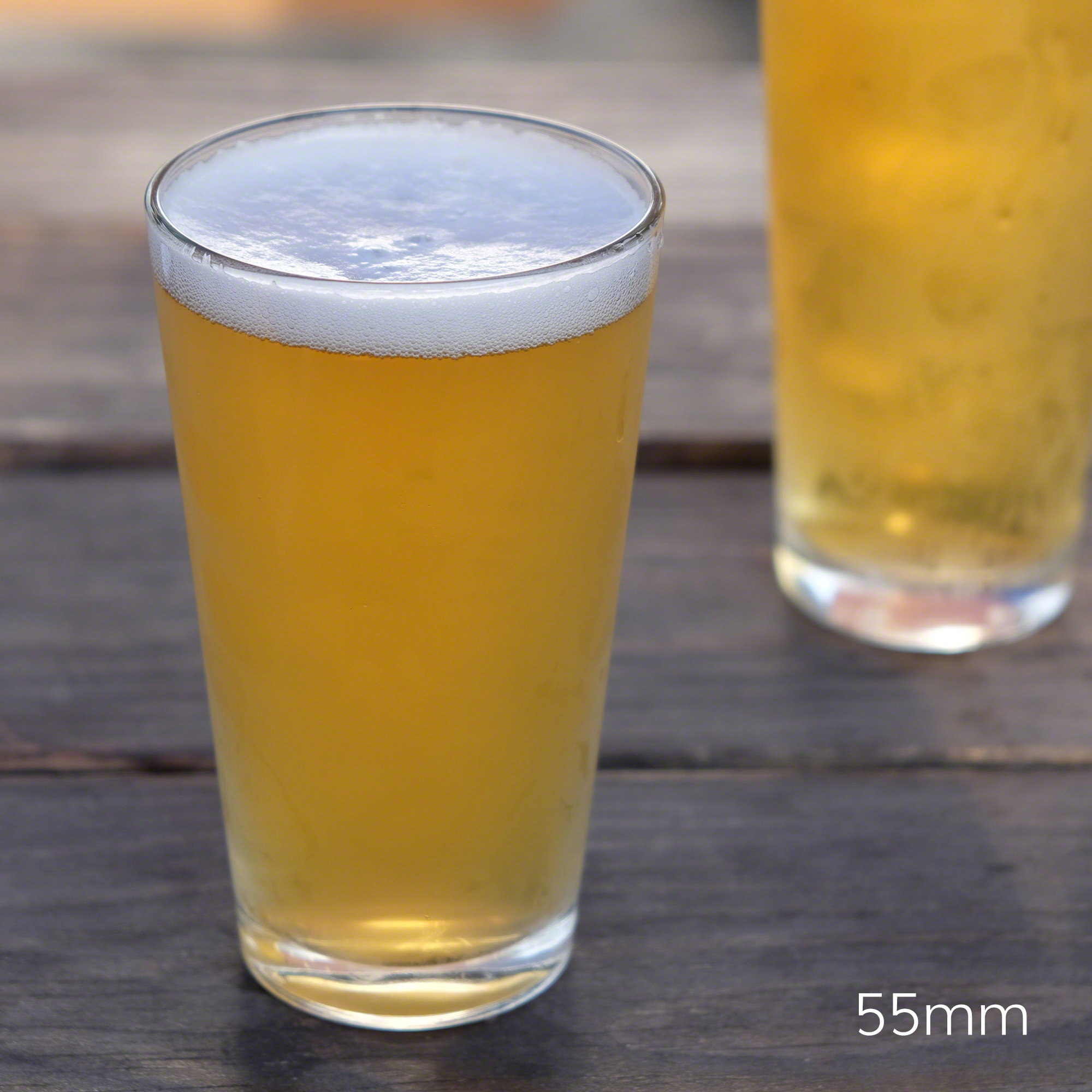
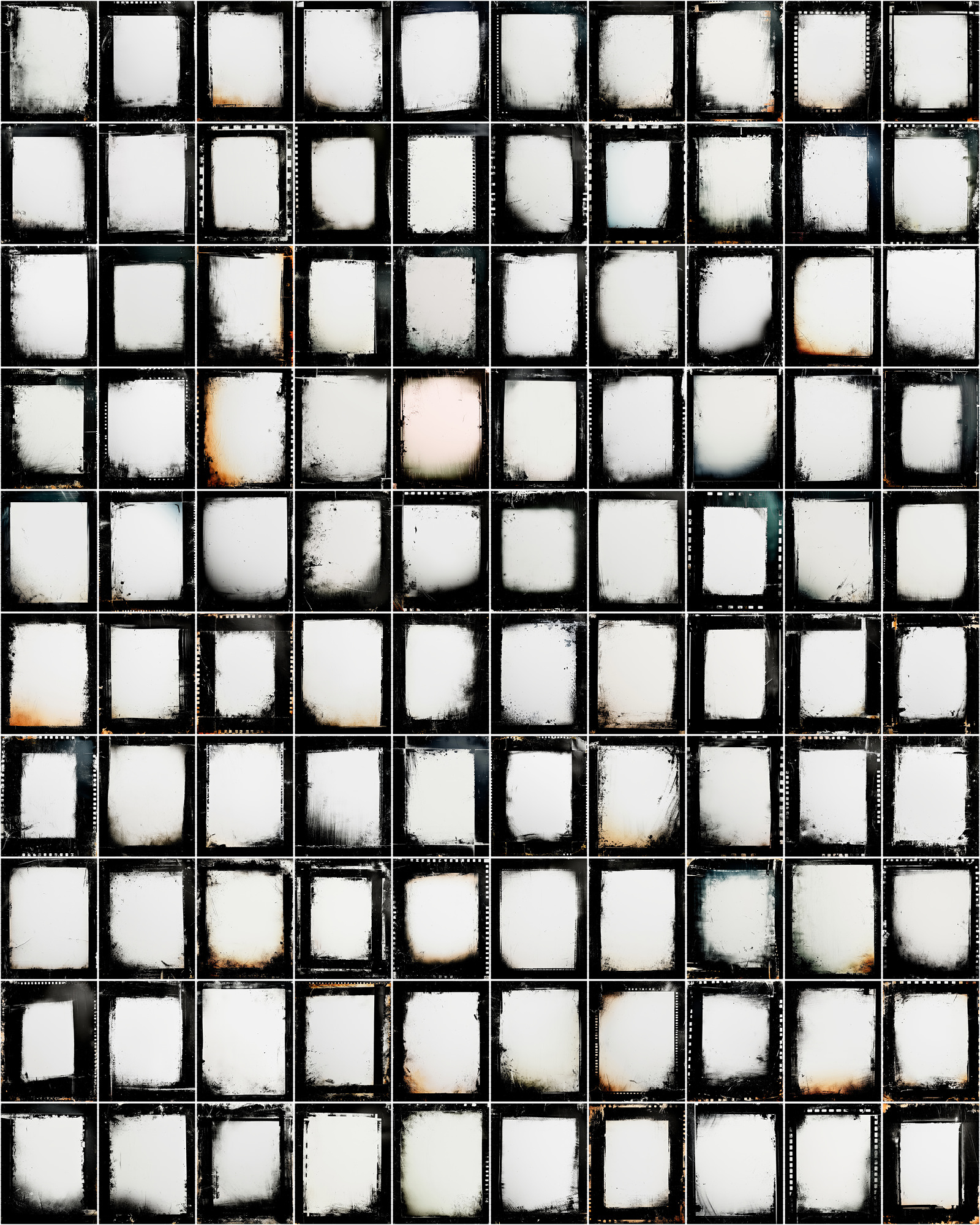
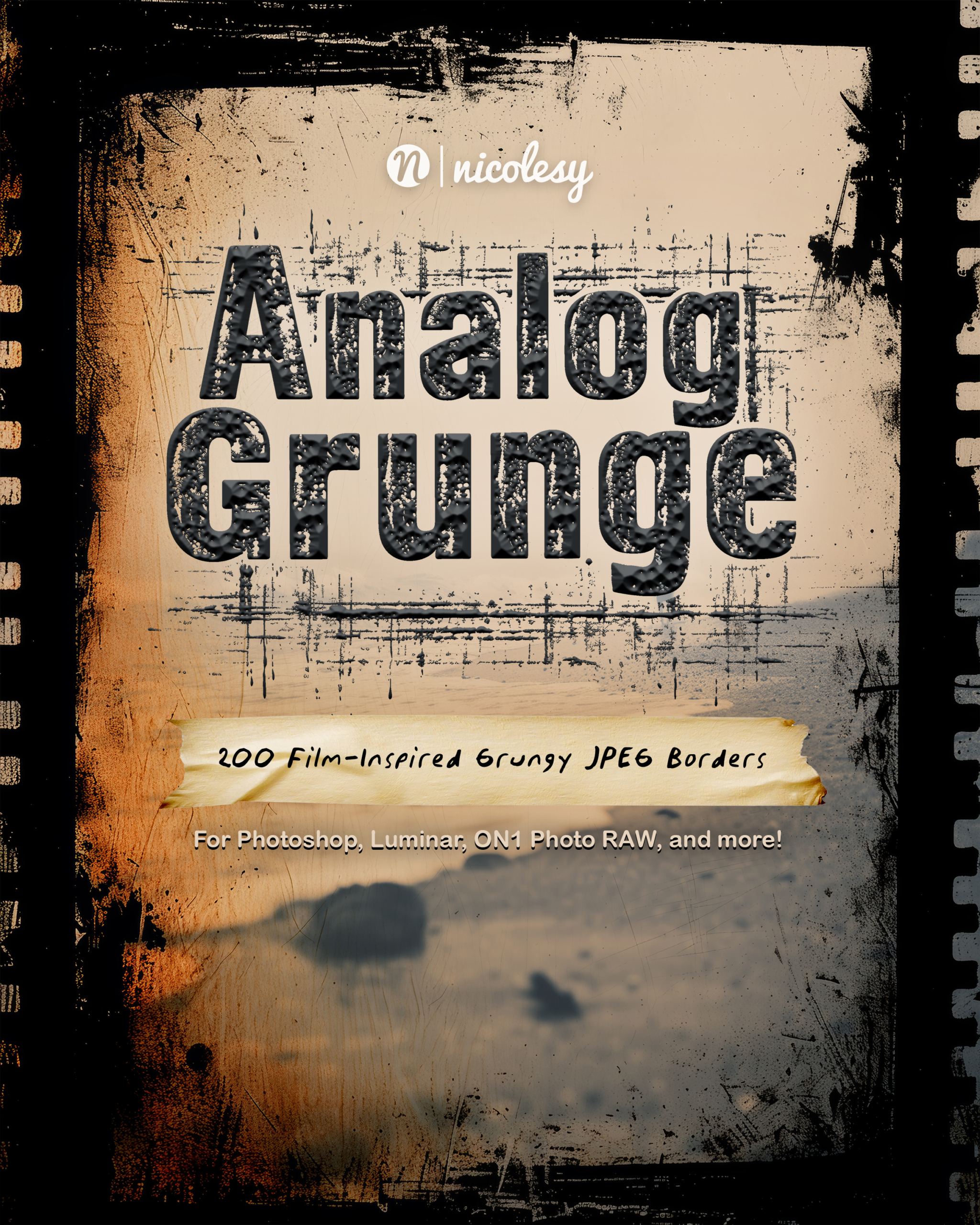
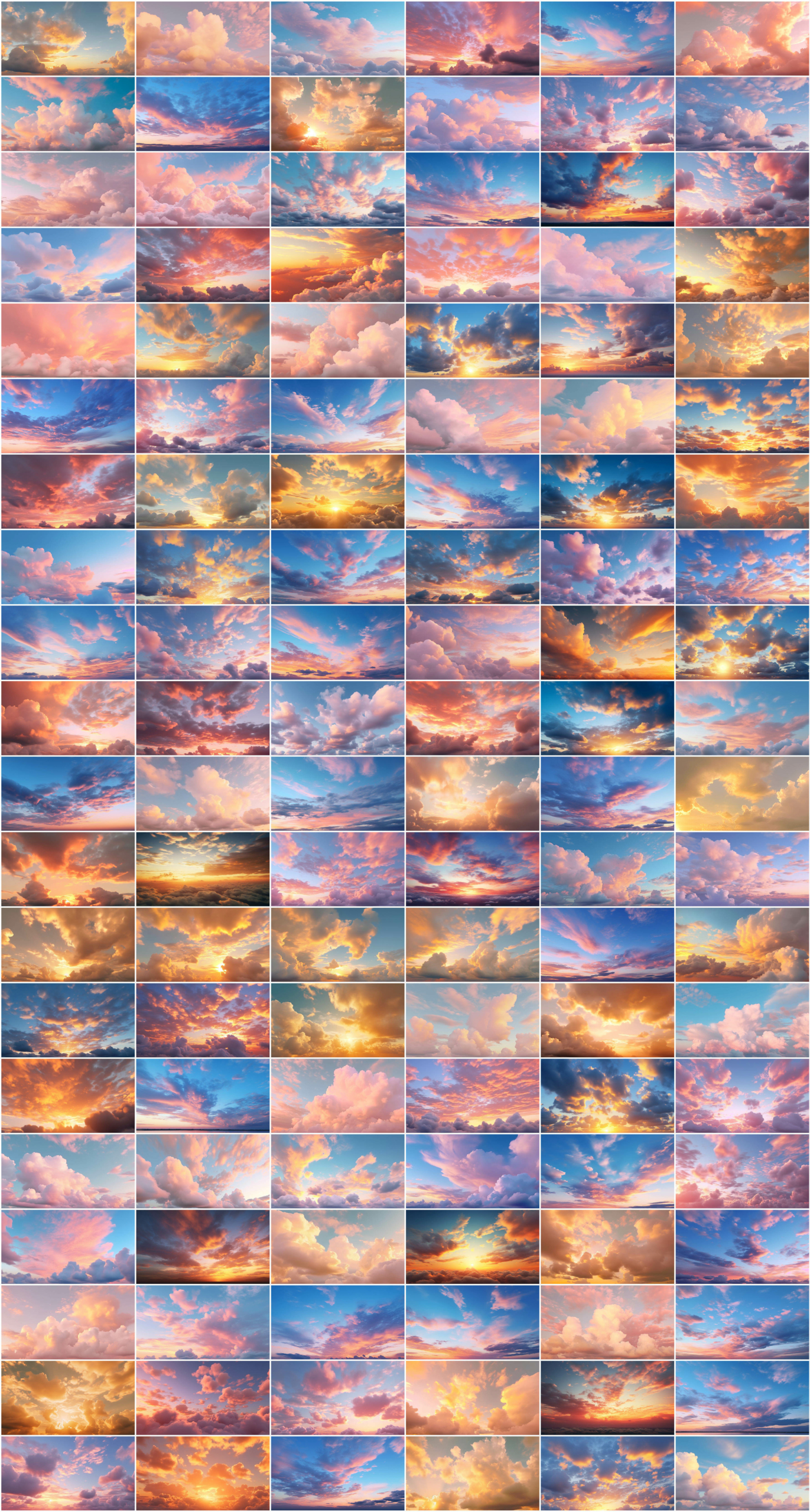



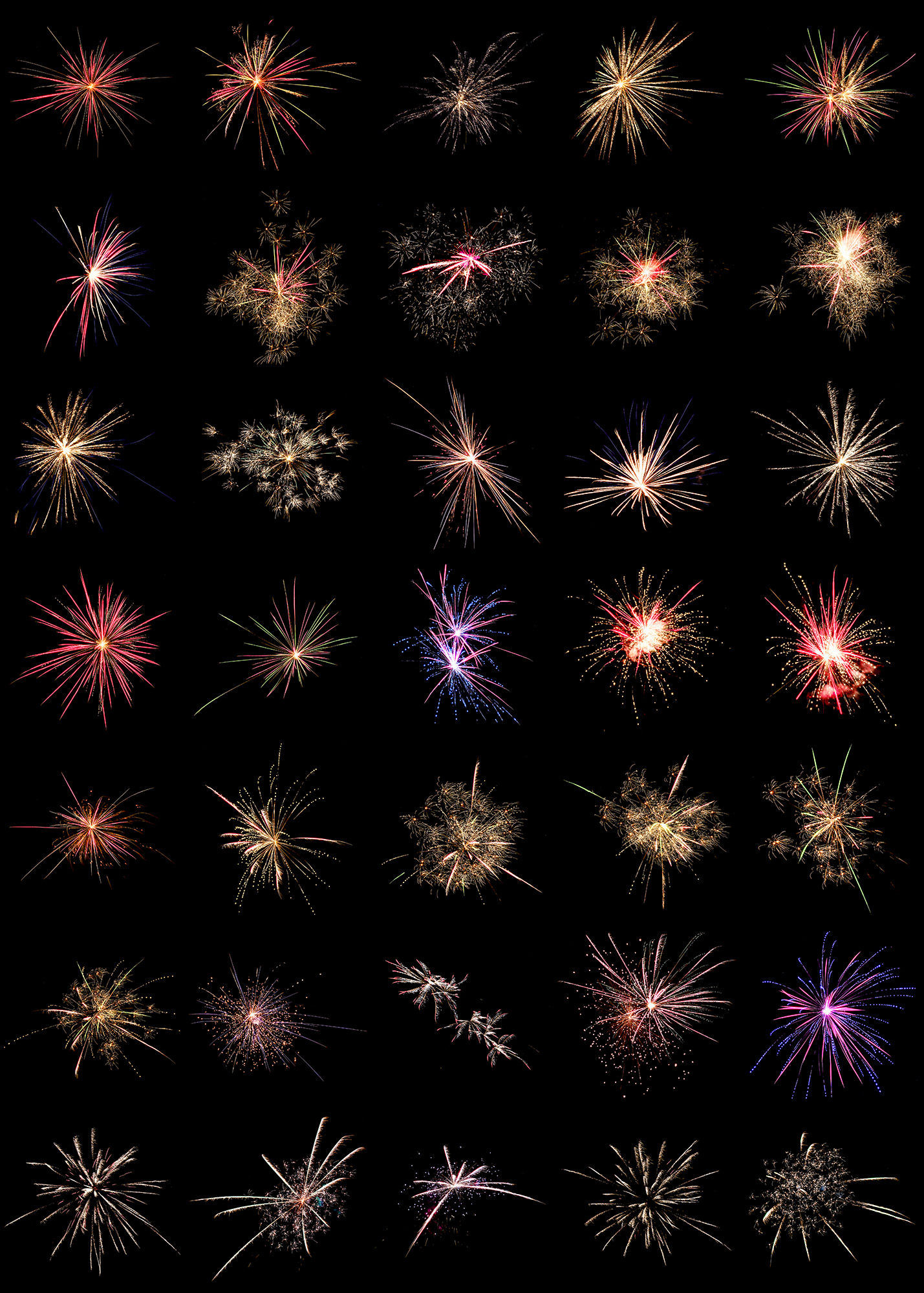
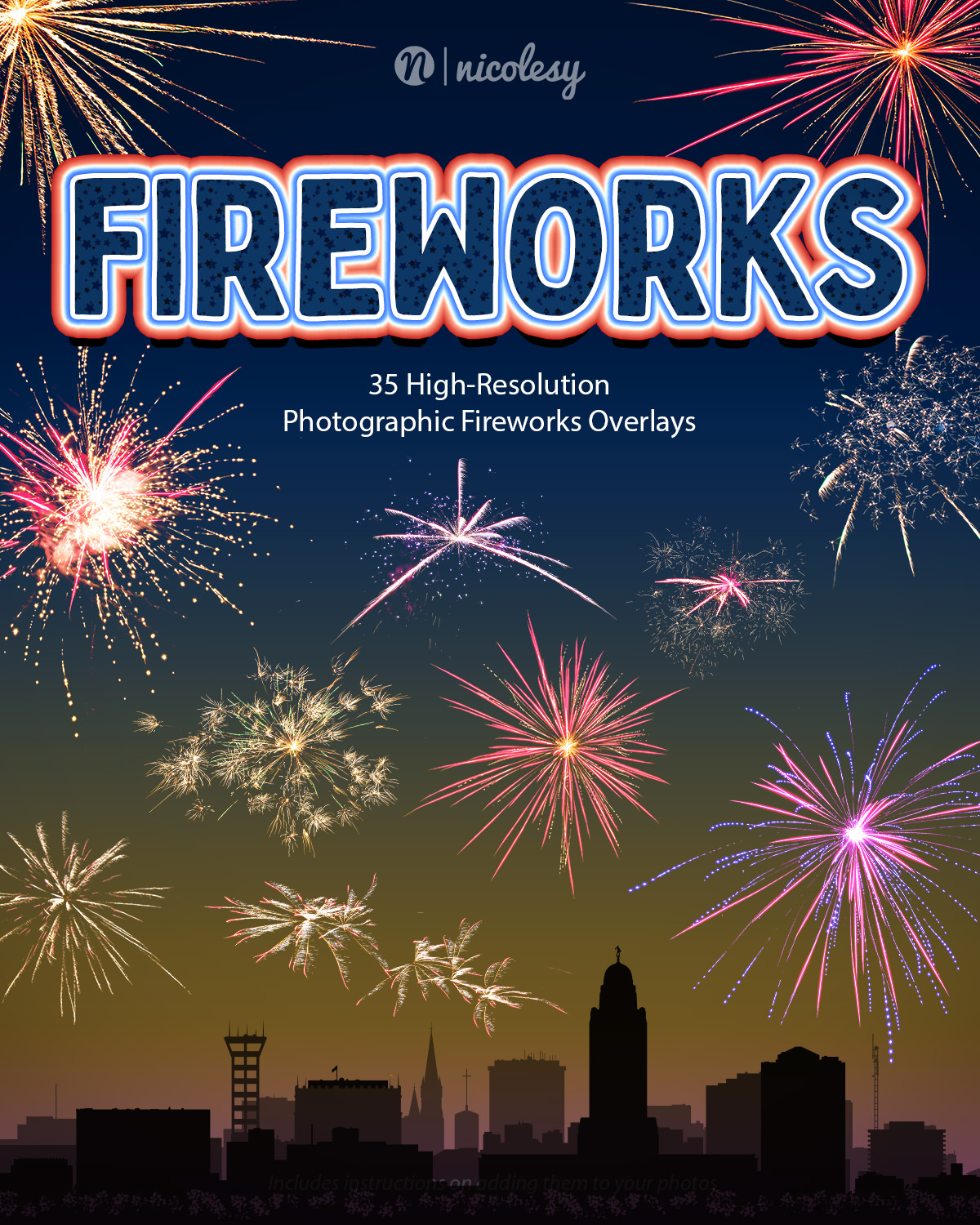
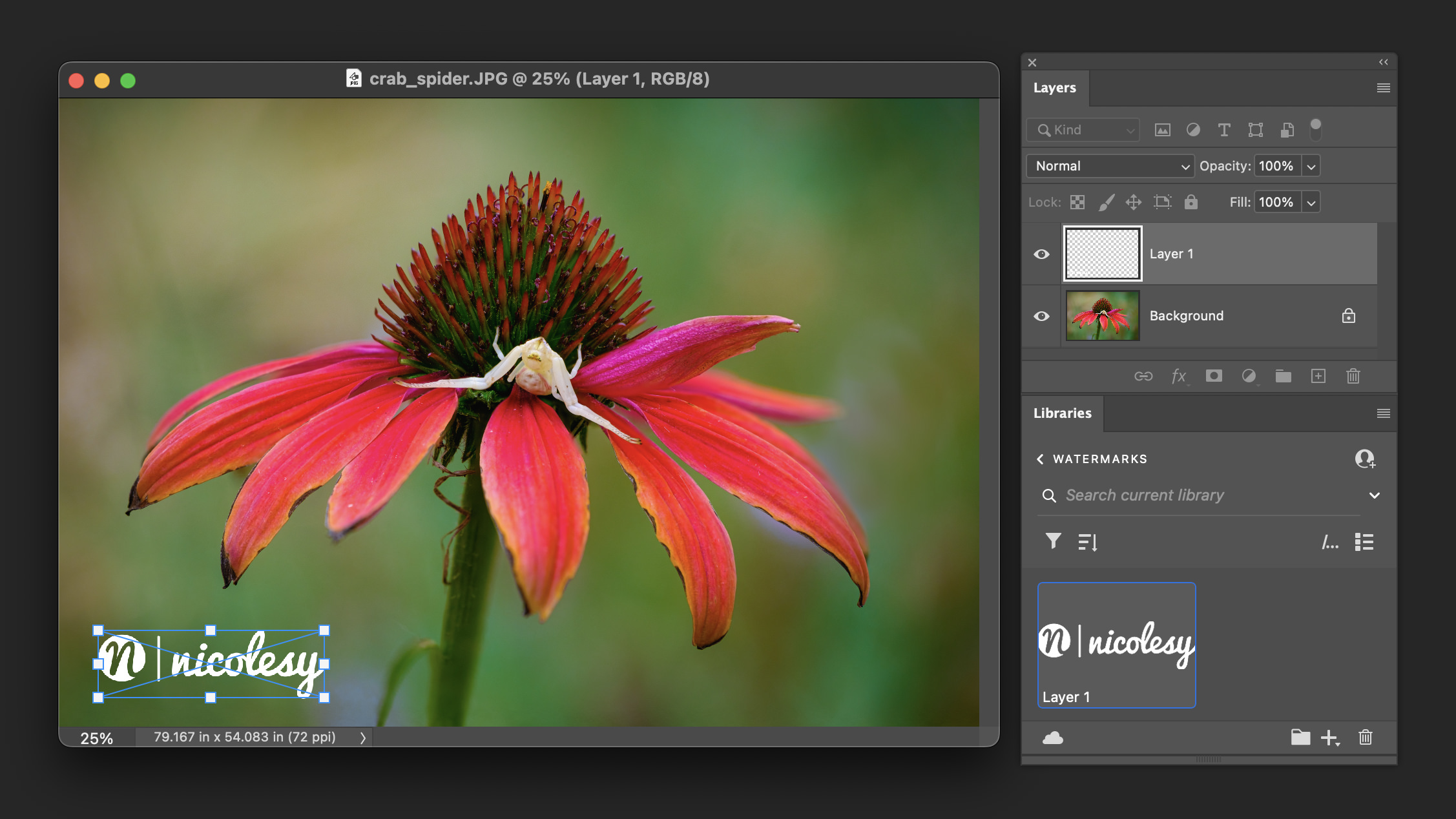
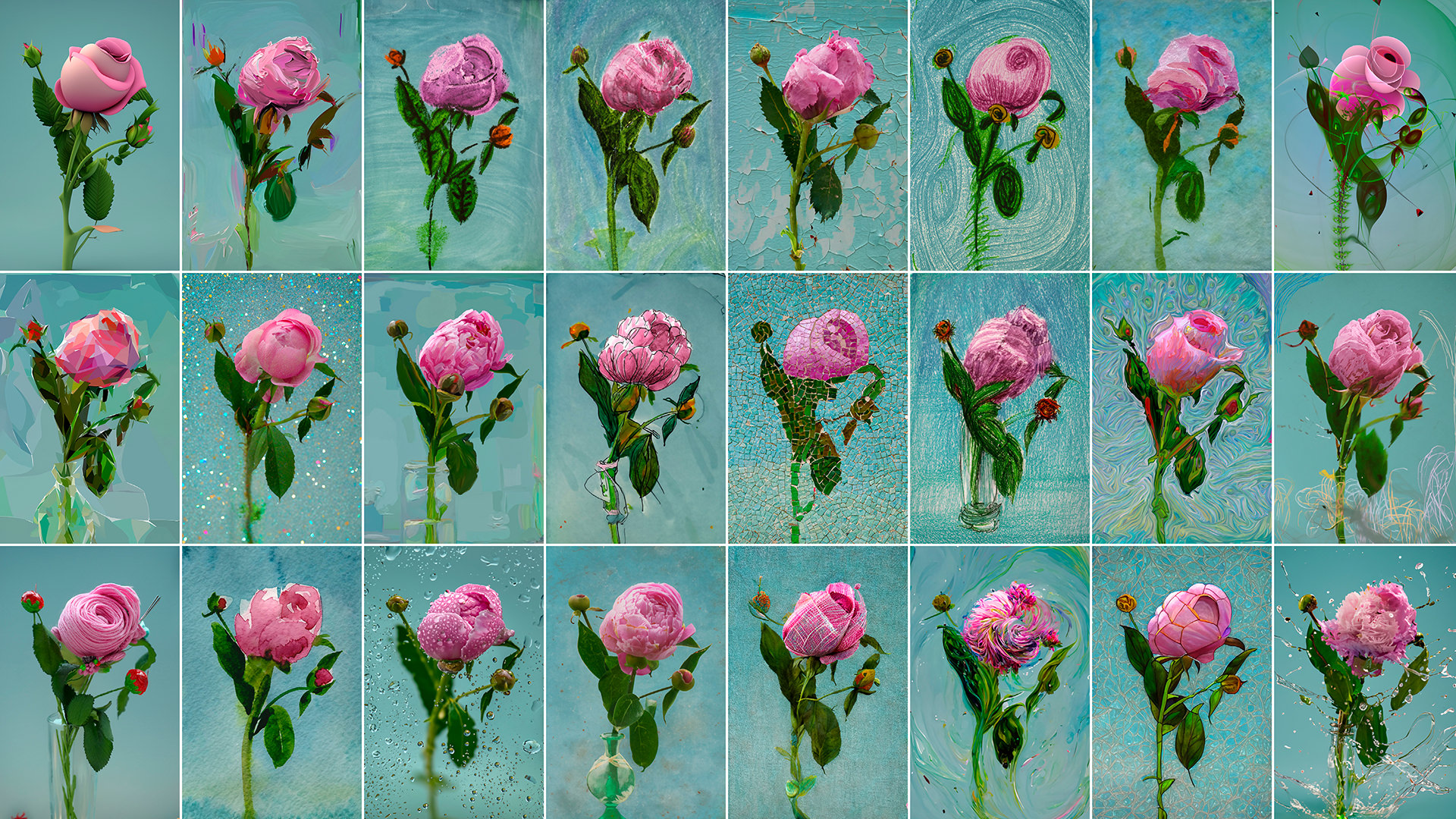
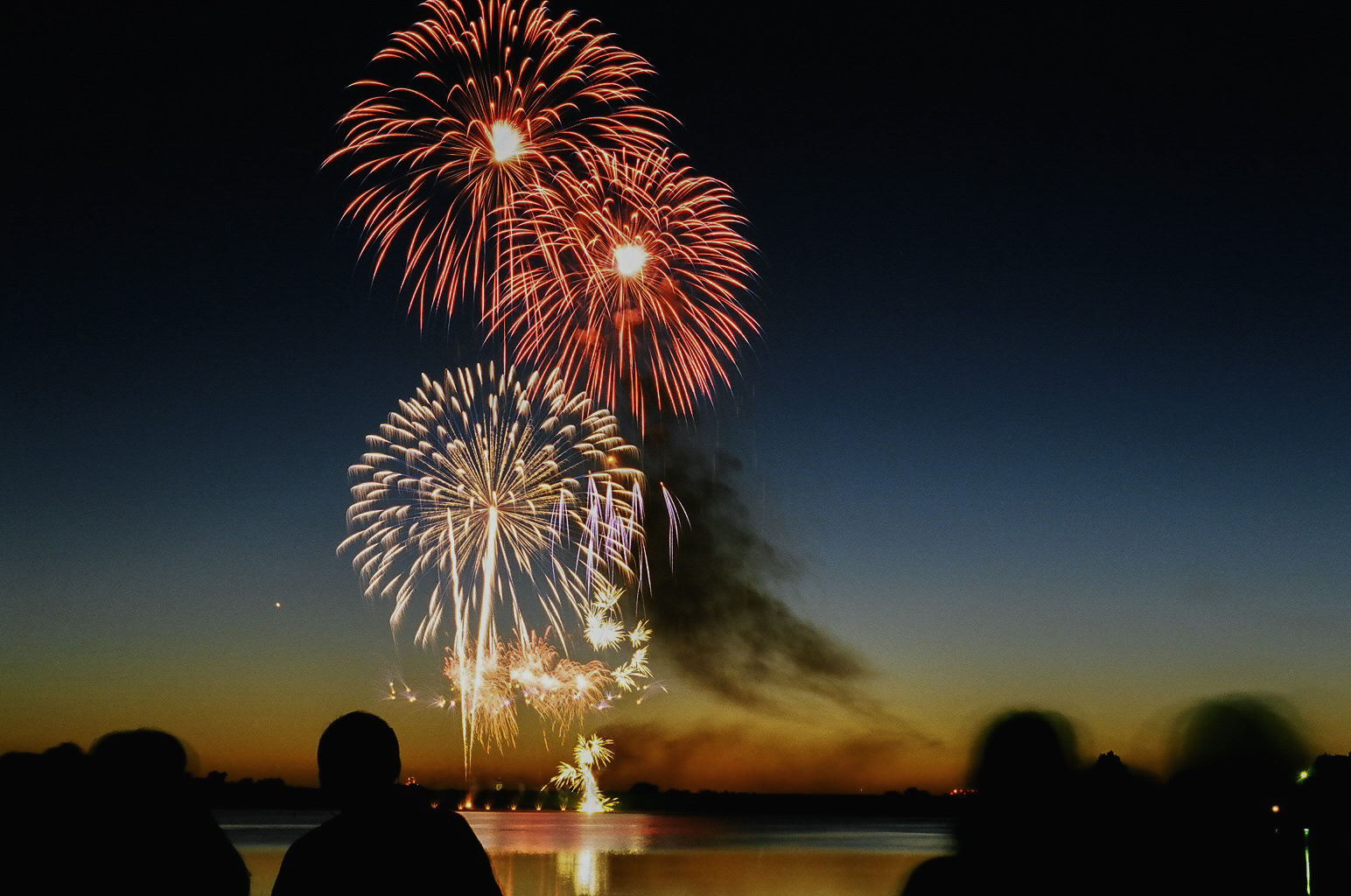
Great subject to cover and even better subject to shoot!
very nice, thank you, I love your tutorials!
The interesting thing for me is that I have a different preference depending on the size of the photo in this blog post. I found the 24mm slightly more pleasing in the larger photo, but preferred the 55mm hands down in the smaller photo comparison. Did you fix the distortion in the larger, but not in the smaller?
They are the same photo, nothing was changed. And you do have a point; things look different when viewed in smaller format. We tend to see more thumbnail and small photos when we view them online, so it’s always good to preview images in different sizes.